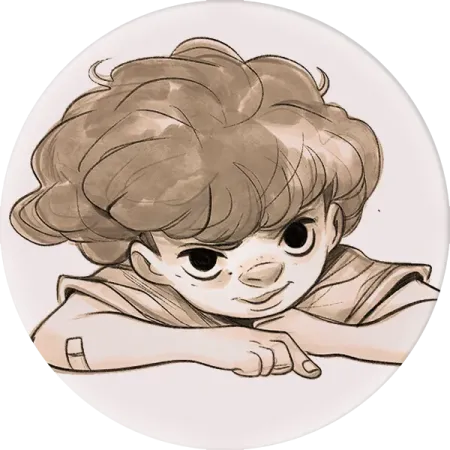Balloon Flight
One final threat, the abyss yawns —
but her flame has not gone out.
This may not be the end.
Somewhere, hope still remains.
Mr. Laptsev’s face, already deathly pale, now looked like a chalk mask.
“So that’s how it is,” he hissed. “You little idiot! If only you knew who you were dealing with!”
He reached out and pressed a button on his desk. The ant officer appeared immediately.
“Prepare the balloon!” Mr. Laptsev ordered curtly. “And tie her down tight — I don’t want her causing trouble up in the air!”
Anne began to tremble. What did that mean?
She didn’t have long to think. A moment later, strong pincers grabbed her from all sides, and she found herself trussed up like a postal package.
“That’s good,” said Mr. Laptsev after making sure she couldn’t move a finger. “Now — on to the next part of the script.”
He reached for the remote control on his desk. The wall-mounted television screens flickered back to life.
“There we go,” the wizard said contentedly as the generator came fully into view. “The fish is in the net. Now let’s heat the pan. In just about an hour, the volcano’s activity will start rising. Our generator stimulates it nicely.”
He clicked the remote again, and a new image appeared — a huge balloon with a gondola underneath, swarming with ants.
“What... what are you planning?” Anne croaked with a dry throat.
“Don’t play dumb,” Mr. Laptsev smirked. “You know exactly what I’ve planned — admit it. Ha, ha, ha... Who will we throw into the volcano today?”
“Stop it! Stop it right now!” Anne shrieked, frantic. “I’ll do anything you want — I’ll work, I’ll serve you...”
“It’s too late, child,” Mr. Laptsev shook his head sadly. “You should have thought of those words sooner. Nothing can be undone now. The broadcast has already been announced...”
Reflections on the scene
⸻ ❦ ⸻
– ❦ –
This final scene of Ghost Desert is a tour de force of tension, inversion, and catharsis. What begins as a descent into hopelessness—Anne bound, humiliated, and about to be sacrificed for a grotesque spectacle—twists suddenly into liberation and revelation. The horror of being paraded as a public enemy and thrown into a volcano becomes the springboard for the most astonishing act of collective resistance in the trilogy.
The brilliance of the ants’ aerial counterattack—using their mirror-like wings to blind and disorient the villain—draws on fairy-tale logic and digital-age wit. Goliath, once a chess opponent, becomes a digital savior. Peter’s invocation of the mirror recalls Andersen’s Snow Queen, but here, the mirror isn’t a tool of distortion—it reflects truth. This shift from perverted spectacle to redemptive trickery is symbolic: the very tools of propaganda are turned against the propagandist.
But the true core of this scene lies in the final confrontation: the doubling of Laptsev. Anne, nearly destroyed by his abuse, wakes to find another Laptsev—gentler, confused, even fatherly. The split reveals that the Laptsev who tormented her was not himself, but a disguise worn by Heino. This unmasking is a deep narrative gesture: the face of power is a mask, and its cruelty is a performance. Beneath it may lie a fallible man—weak, yes, but not evil.
In that sense, Book III doesn’t end with triumph, but with recognition: evil was personal all along. Not mythical, not cosmic—just someone who knows how to twist faces, stories, and memories. And yet, Anne survives. Her story, once hijacked, reclaims its authorship in this very act of reflection.






